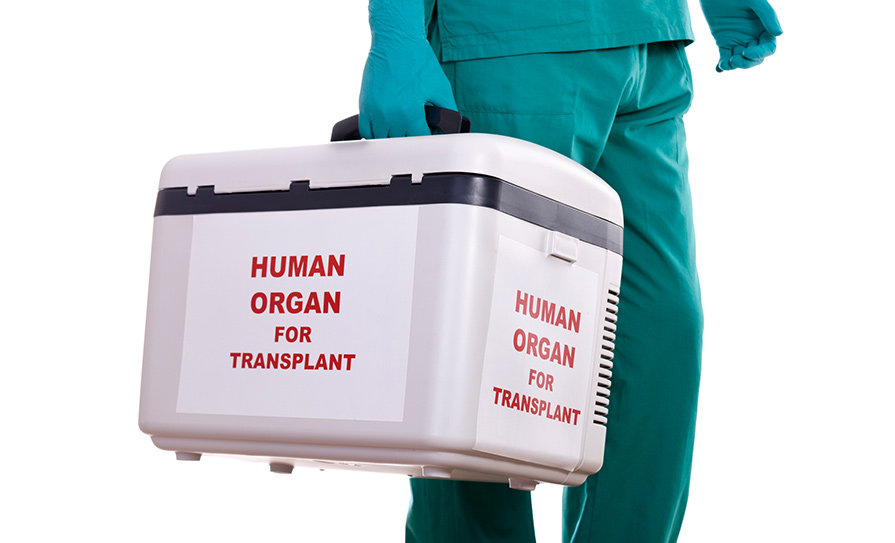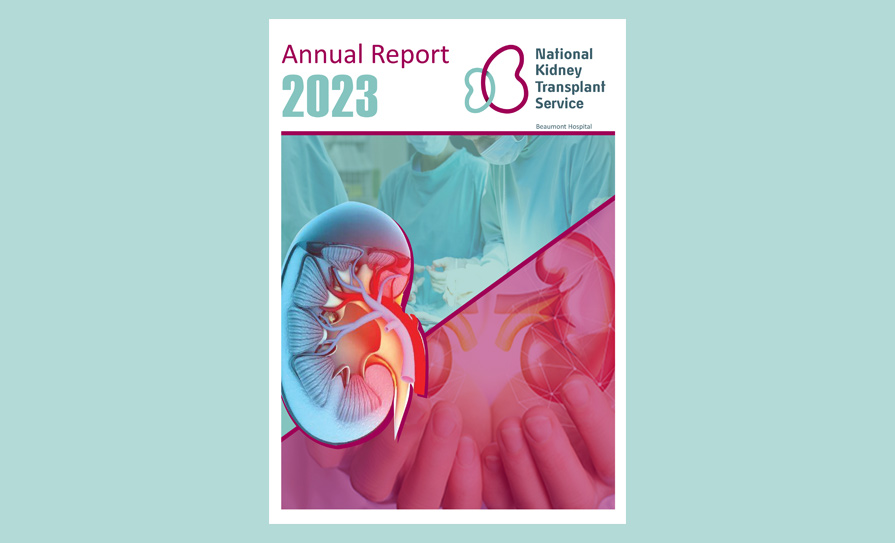The patient chart in the maternity and newborn clinical management system (MN-CMS) is “poor” as a communication tool and makes it difficult to obtain a clear picture of the patient journey, according to former Rotunda Master Prof Sam Coulter-Smith.
Prof Coulter-Smith, Consultant Obstetrician and Gynaecologist at the Rotunda, criticises the chart in his new book Delivering the Future – Reflections of a Rotunda Master. The MN-CMS, which is a HSE initiative, is an electronic health record (EHR) for maternity and gynaecology services.
One of his biggest concerns was the loss of the Rotunda’s “old, well-designed partogram” in the labour ward. “There is a version of the partogram in the new chart, but it is poor and, therefore, not used well. The loss of this visual aid to clinicians and midwives is significant and adds to clinical risk rather than reducing it,” writes Prof Coulter-Smith.
He states it is an example of how “giving away our autonomy” can have “huge” implications.
Speaking to the Medical Independent (MI), Prof Coulter-Smith said there were some positive aspects of the MN-CMS, but the patient record was “very” problematic.
A Rotunda spokesperson told MI the book was written by Prof Coulter-Smith in a “private personal capacity”. It would not be commenting on its contents, “which do not necessarily reflect the opinion of the Rotunda Hospital or the current executive management team.”
According to the HSE, the MN-CMS is currently deployed in four hospitals: Cork University Maternity Hospital, University Hospital Kerry, the Rotunda Hospital, and National Maternity Hospital, which covers over 40 per cent of births annually.
“The main purpose of MN-CMS is to communicate and document care given to the woman and baby, enable the care to be more easily given through electronic ordering and finally, to be able to routinely collect and analyse results so care can be continually improved,” said the spokesperson.
The HSE’s spokesperson added that the MN-CMS team supports the four hospitals that have deployed the system and “are in regular contact regarding changes and improvements”.
“None of the hospitals have safety concerns with the system itself, and any issues that have been raised have been resolved.”













Leave a Reply
You must be logged in to post a comment.